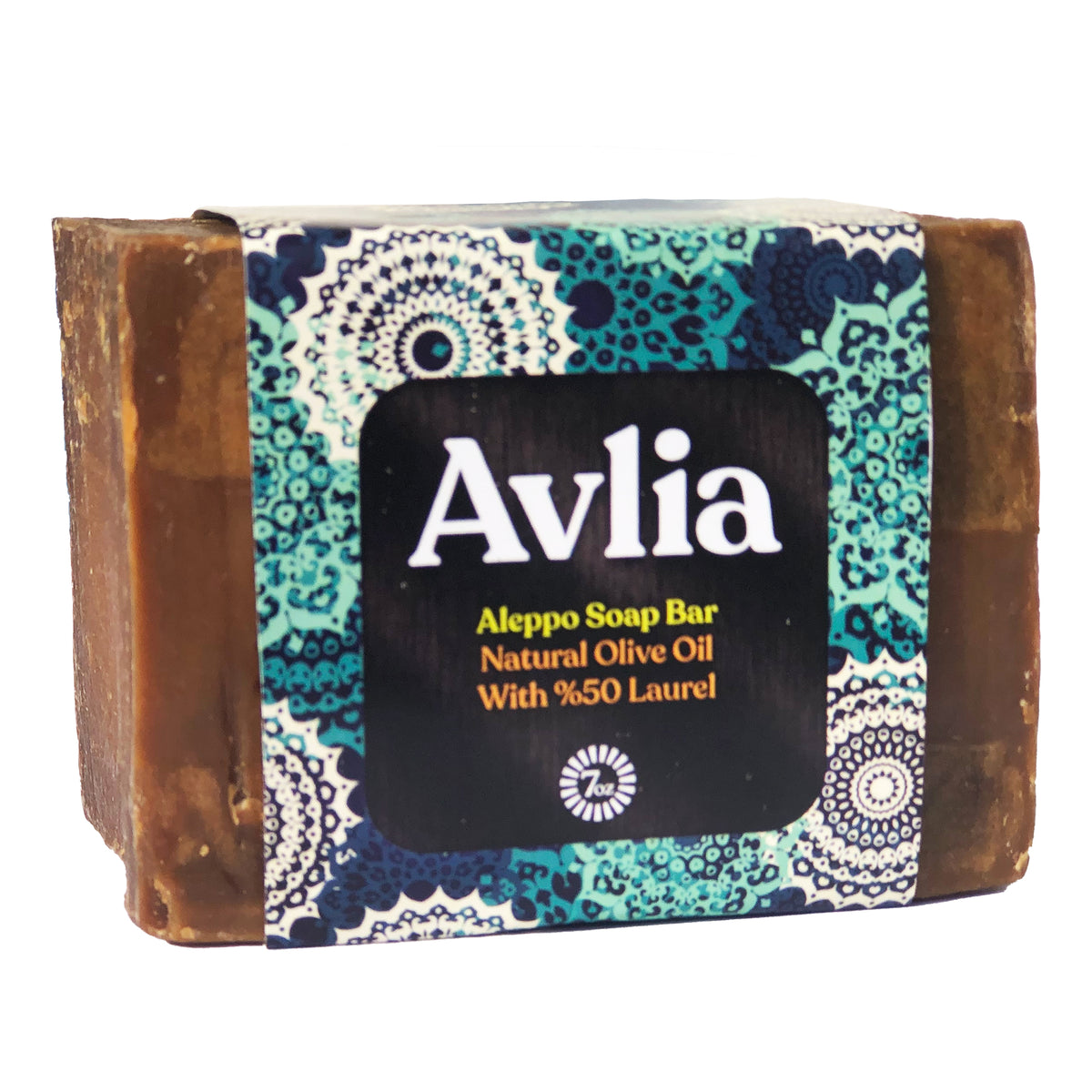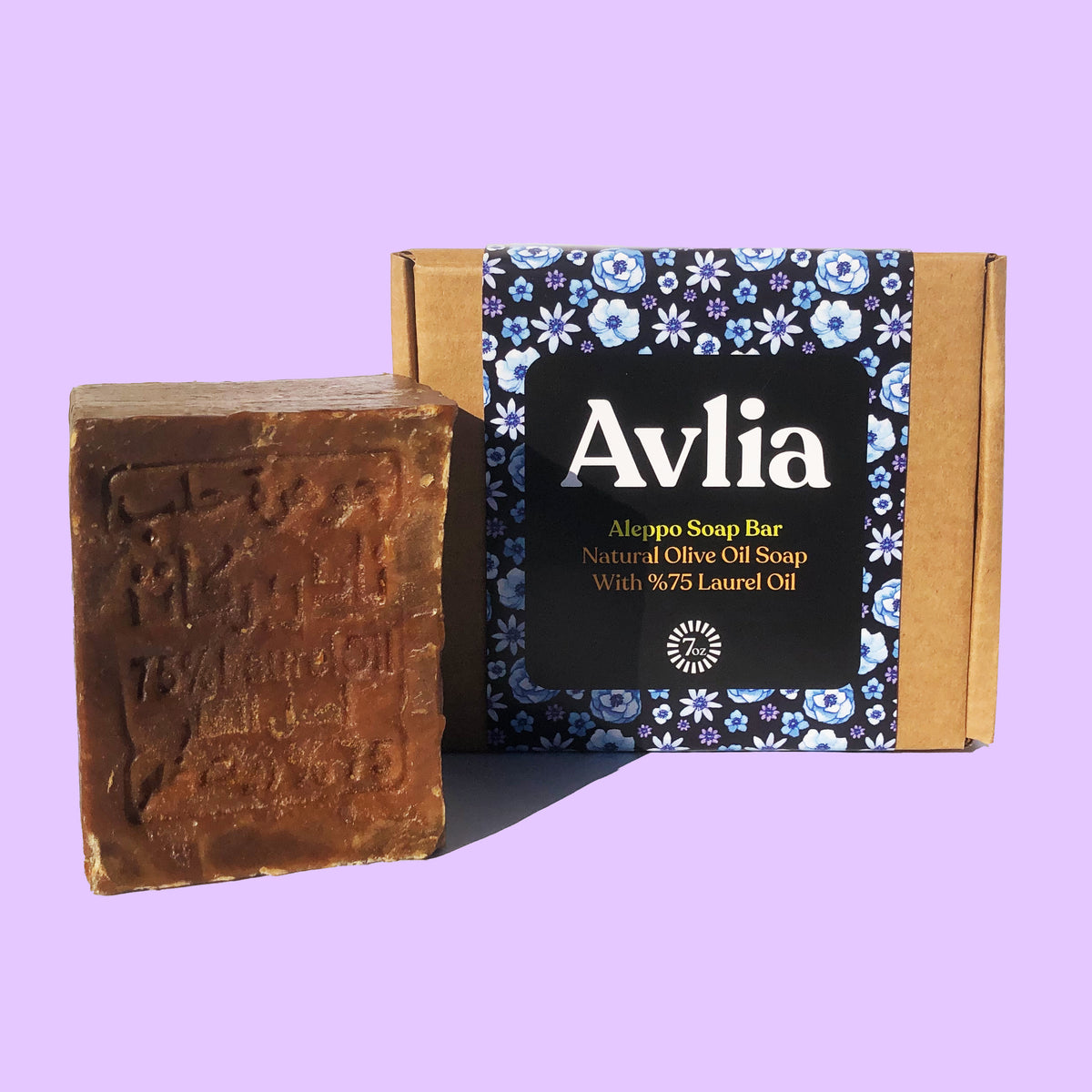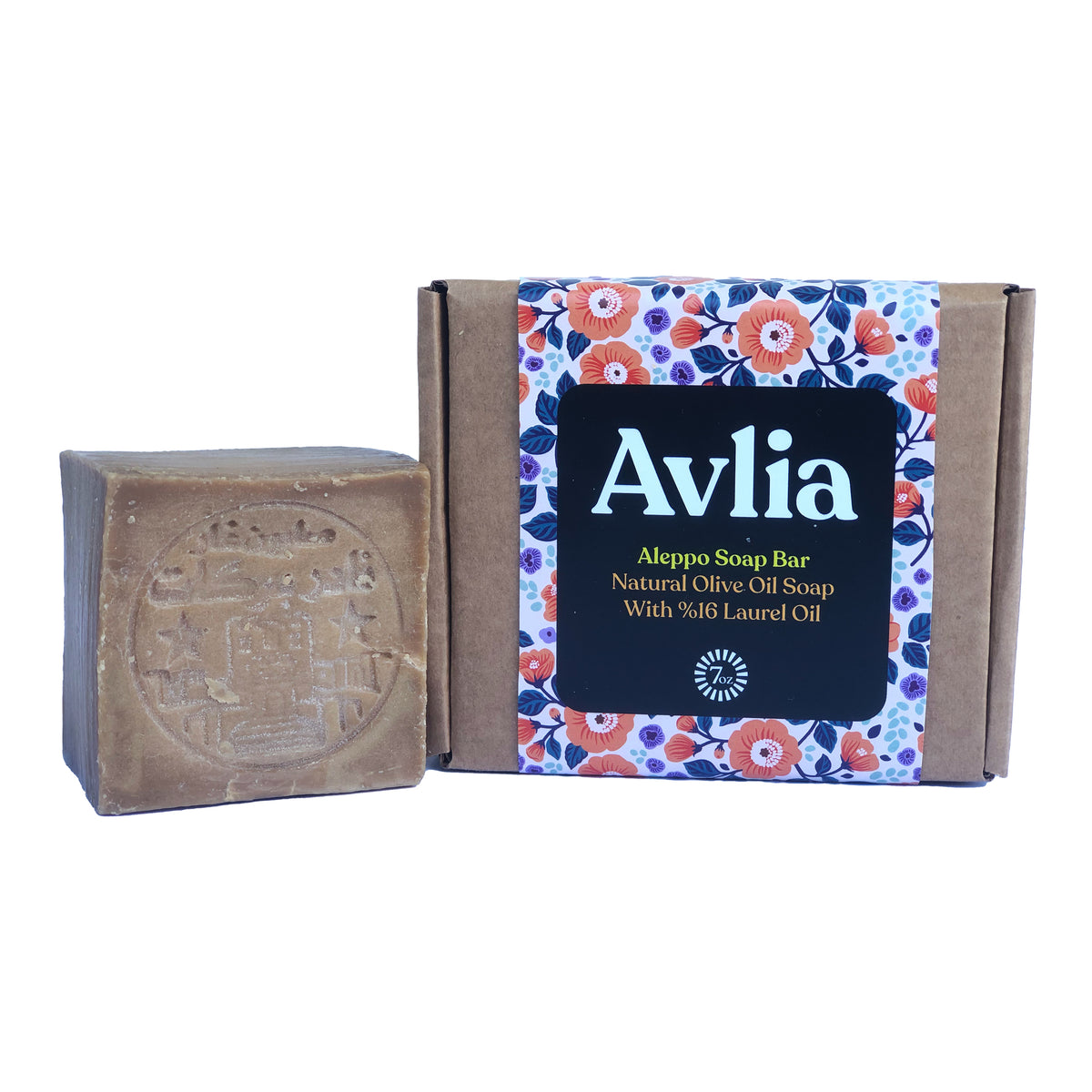Introduction
Aleppo soap is one of the oldest and most cherished natural soaps in the world. Its origins trace back thousands of years to the ancient city of Aleppo in Syria, where artisans perfected the craft of blending olive oil, laurel oil, and natural lye to create a long-lasting, gentle, and healing soap.
What makes Aleppo soap so special is its simplicity and purity. Unlike modern commercial soaps filled with artificial foaming agents, fragrances, and preservatives, Aleppo soap relies on the natural properties of its core ingredients. This makes it suitable for all skin types, from sensitive baby skin to acne-prone or mature skin.
For many enthusiasts of natural living, making Aleppo soap at home is both a rewarding craft and a way to reconnect with centuries-old traditions. By creating your own bars, you not only gain full control over the ingredients but also enjoy the satisfaction of producing a product that is healthy, eco-friendly, and personalized to your needs.
If you’re curious about how to make Aleppo soap yourself, this guide will walk you through the process step by step.
👉 Not ready to wait months for soap to cure? Explore the Avlia Aleppo Soap Collection — handmade, authentic, and ready to use.
Ingredients for Homemade Aleppo Soap
Before you begin, gather your ingredients and tools. Aleppo soap requires precision, so accurate measurements are essential for safety and effectiveness.
Basic Ingredients:
-
500g Olive Oil – The base of the soap, providing hydration, nourishment, and a gentle cleanse.
-
50g Laurel Oil – The “signature” ingredient of Aleppo soap, offering antibacterial, antifungal, and soothing benefits. You can adjust this based on skin type or preference (anywhere from 5% to 30%).
-
64g Sodium Hydroxide (Lye) – A necessary agent for saponification (the chemical reaction that turns oil into soap).
-
160ml Water – Used to dissolve the lye. Distilled water is best to avoid mineral interference.
👉 Looking for a convenient option? Try the Avlia Aleppo Soap with 30% Laurel Oil — a balanced formula for everyday use.
Equipment You’ll Need
-
Heat-resistant mixing bowls (glass or stainless steel, not aluminum).
-
A stainless steel or silicone spoon.
-
Protective gloves and safety goggles (lye is caustic).
-
A thermometer.
-
A stick blender (recommended for easier mixing).
-
Soap mold (wooden, silicone, or lined with parchment).
-
A sharp knife for cutting cured bars.
Step-by-Step Instructions
1. Prepare the Lye Solution
This is the most critical and potentially dangerous step, so take precautions. Always add sodium hydroxide into water (never the reverse), and do this in a well-ventilated space. The solution will heat up quickly and release fumes. Allow it to cool to room temperature before use.
2. Heat the Oils
Gently warm the olive oil and laurel oil in a pot until they reach 40–45°C (104–113°F). The oils should be liquid and slightly warm, not hot.
3. Combine Lye and Oils
Slowly pour the cooled lye solution into the oils while stirring continuously. This begins the saponification process.
4. Reach “Trace”
Using a stick blender or whisk, mix until the soap thickens to a pudding-like texture. This stage is known as “trace.” You’ll know it’s ready when you can drizzle some of the mixture on top and it leaves a visible trail.
5. Pour into Mold
Pour the mixture into your mold, smoothing the surface with a spatula. Cover with a cloth or towel to retain warmth and allow the soap to set.
6. Initial Cure (24–48 Hours)
After one to two days, remove the soap from the mold and cut it into bars. At this stage, the soap is solid but still chemically “active.”
7. Long Cure (6–12 Months)
Here lies the patience test. Authentic Aleppo soap requires a long curing period to harden and mature. Over time, the exterior of the bar turns golden-brown while the interior remains green. This natural aging process results in a firm, mild, and highly effective soap.
Tips for Making Aleppo Soap Successfully
-
Safety First: Always wear gloves and goggles when handling lye. Keep vinegar nearby to neutralize accidental spills.
-
Adjust Laurel Oil Percentage:
-
5–16% laurel oil for sensitive or baby skin.
-
20–30% laurel oil for general daily use.
-
Higher percentages (40–75%) for oily, acne-prone, or problematic skin.
-
-
Patience is Essential: The longer the soap cures, the gentler and more effective it becomes. A 12-month cure produces the most authentic Aleppo texture and quality.
-
Storage: Store bars in a dry, well-ventilated space during curing. Avoid plastic containers, as they can trap moisture.
The Science Behind Aleppo Soap
The magic of Aleppo soap lies in the process of saponification — the chemical reaction between fats (olive and laurel oils) and lye. Once cured, no lye remains in the final product. Instead, you are left with a bar of soap enriched with glycerin (a natural moisturizer) and the beneficial compounds of olive and laurel oil.
Olive oil provides hydration and skin barrier protection, while laurel oil adds antimicrobial and anti-inflammatory power. This balance explains why Aleppo soap has been trusted for centuries to address a wide range of skin concerns, from dryness to acne.
Common Mistakes to Avoid
-
Adding Lye to Oils Directly: Always dissolve lye in water first.
-
Incorrect Measurements: Even small errors in lye calculation can result in harsh or ineffective soap.
-
Impatience: Using the soap before it has cured can irritate the skin.
-
High Heat: Overheating the oils can alter their beneficial properties.
Why Many Choose Ready-Made Aleppo Soap Instead
While making Aleppo soap at home is rewarding, it requires precision, safety precautions, and months of waiting. For many people, purchasing authentic handmade bars is a more practical choice.
That’s where Avlia comes in. Our soaps are handmade by artisans using the same traditional techniques passed down for generations. Each bar is cured for months, ensuring quality, authenticity, and effectiveness.
👉 Experience the traditional touch with Avlia Aleppo Soap — perfect if DIY feels too long or complex.
Conclusion
Crafting Aleppo soap at home is both an art and a science. It connects you to an ancient tradition while allowing you to tailor the recipe to your own skin’s needs. With the right balance of olive oil, laurel oil, and patience, you can produce bars of soap that are nourishing, natural, and truly unique.
However, whether you choose to make it yourself or purchase artisan-made bars, Aleppo soap remains a timeless ally in natural skincare. Its centuries-old legacy is proof that sometimes the simplest recipes are the most effective.
👉 Explore the Avlia Aleppo Soap Collection and enjoy the benefits of an authentic, ready-to-use alternative.




